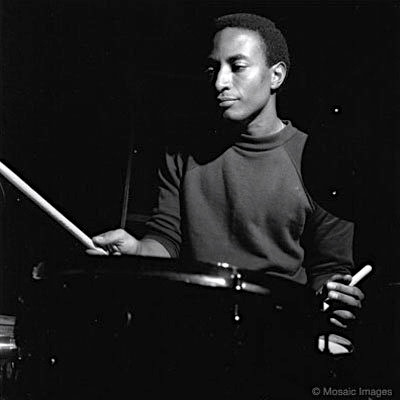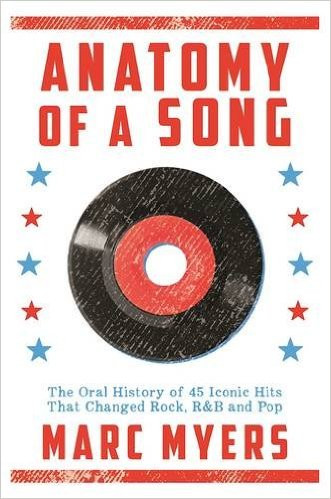When “Dancing in the Street” by Martha and the Vandellas burst onto the music scene on July 31, 1964, it was immediately clear that Motown had unleashed something extraordinary. This wasn’t just another hit; it was a seismic shift in sound, a track that pulsed with a raw, visceral energy unlike anything the label had produced before. Driven by a throbbing bassline and explosive drum shots that emphasized the backbeat, the song became an instant anthem, capturing the spirit of a generation ready to dance.
The story behind this iconic track is a fascinating glimpse into the collaborative genius of Motown. Songwriter Ivy Jo Hunter, arranger Paul Riser, and the incomparable lead singer Martha Reeves themselves have recounted the song’s evolution, revealing the layers of creativity that went into crafting this groundbreaking hit.
 freddie-waits
freddie-waits
It all began with Ivy Jo Hunter, a relatively new songwriter at Motown in early 1964. Hunter, as he explained, was more comfortable with chords and rhythms than melodies. His songwriting process often started from the ground up, building from a bassline on the keyboard. For “Dancing in the Street,” inspiration struck in the form of a simple yet powerful single-note bass figure, rocking between octaves. This pulsating rhythm, starting with the higher note, would become the bedrock of the entire song.
Hunter elaborated, “I came up with this pulsating figure, starting with the higher note…I came up with a melody and chords… [Then] I went to find Paul Riser….” Recognizing the potential in Hunter’s raw idea, arranger Paul Riser stepped in to refine and expand the song’s musical architecture.
 myers_marc_anatomy_of_a_song
myers_marc_anatomy_of_a_song
Paul Riser described his role as “to enhance and expand [Ivy’s] ideas…for the song.” Crucially, Riser created what he called a “skeleton chord sheet” for the legendary Funk Brothers, Motown’s in-house rhythm section. He understood the magic they could bring, stating, “If you gave them the basics of what you wanted, they would invent something extraordinary.” For “Dancing in the Street,” the core rhythm section brought together Earl Van Dyke on keyboards, Robert White on guitar, the legendary James Jamerson on bass, and Freddie Waits on drums. Riser emphasized the foundational role of drums and bass in Motown’s signature sound, noting, “The drums and bass were most important, …they always set the feel for a Motown song.”
Hunter’s initial vision was to create a rhythm track, a foundation upon which he could build the lyrics. The Funk Brothers, guided by Riser’s arrangement, took Hunter’s basic structure and infused it with their unparalleled musicianship. “The Funk Brothers played the music…Paul had written…and then did their thing and locked it in the pocket,” Hunter recalled, marveling at their consistent brilliance: “Wow, they always came up with something great.” This session resulted in a rhythm track that was far from the typical Motown sound. While many Motown hits were rooted in the Charleston rhythm, “Dancing in the Street” surged forward with a heavier, more insistent feel. Hunter described it as “more like a freight train with a heavy backbeat.”
Adding further layers to the track was co-writer and producer William “Mickey” Stevenson. Stevenson’s contribution was in the realm of percussion, overdubbing claves on the off-beats and a powerfully struck tambourine by Jack Ashford on the second and fourth beats. This rhythmic complexity added to the song’s danceable energy. To amplify the tambourine’s impact, Stevenson employed a unique studio trick, feeding the track through an echo chamber created by a hole in the bathroom wall. “By re-recording the tambourine track bouncing off that tile wall, we got a bigger dance beat,” Stevenson explained, highlighting the innovative techniques used to achieve Motown’s distinctive sound.
The result of this collaborative process was “Dancing in the Street,” a song that not only topped charts but also redefined the Motown sound. Its raw energy, driven by the innovative rhythm section and punctuated by sharp percussion, made it an instant classic and a timeless anthem that continues to resonate today. The song’s enduring appeal lies in its infectious rhythm and the story of its creation, a testament to the collective genius of the songwriters, arrangers, and musicians who brought this iconic track to life.

